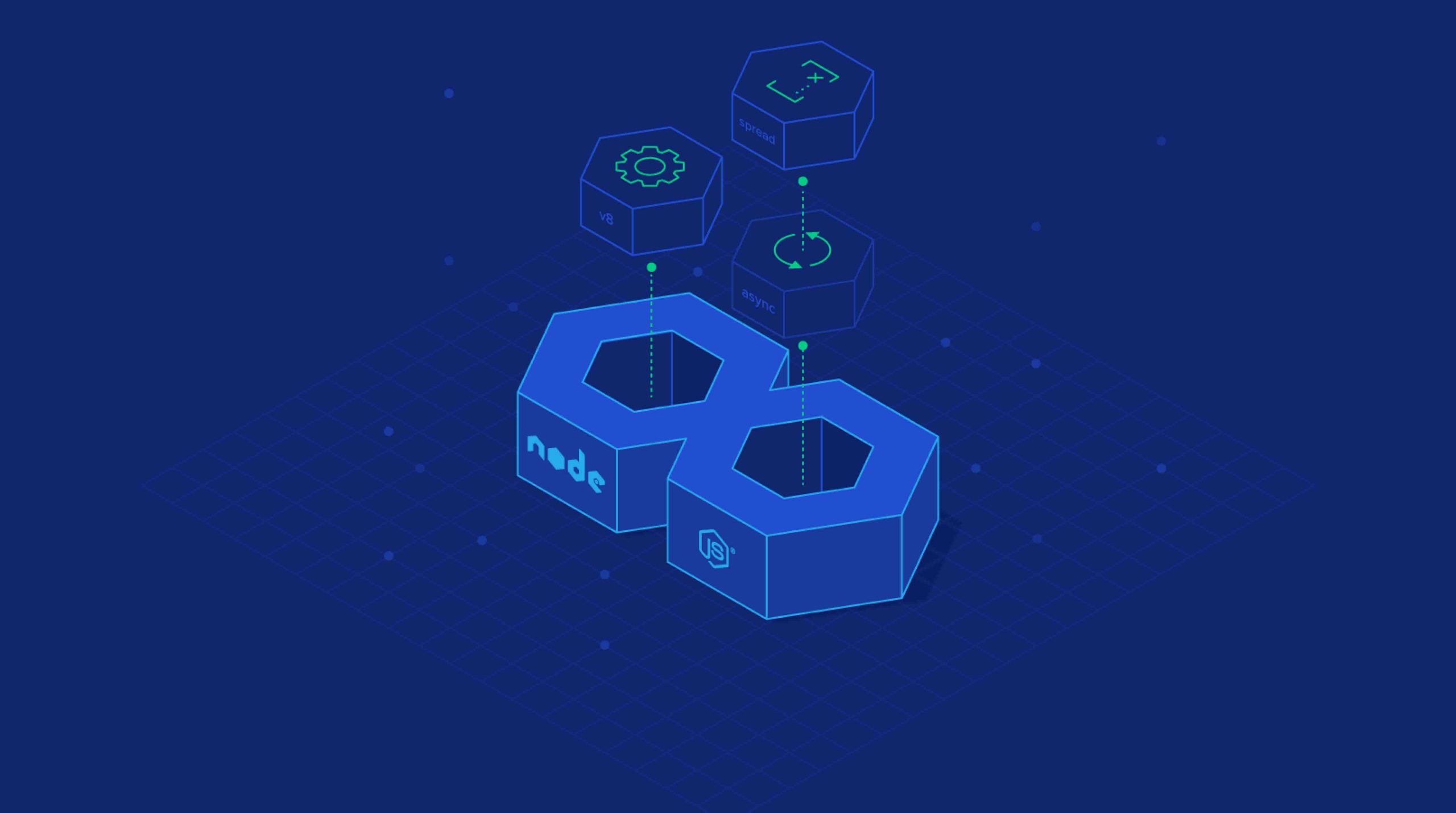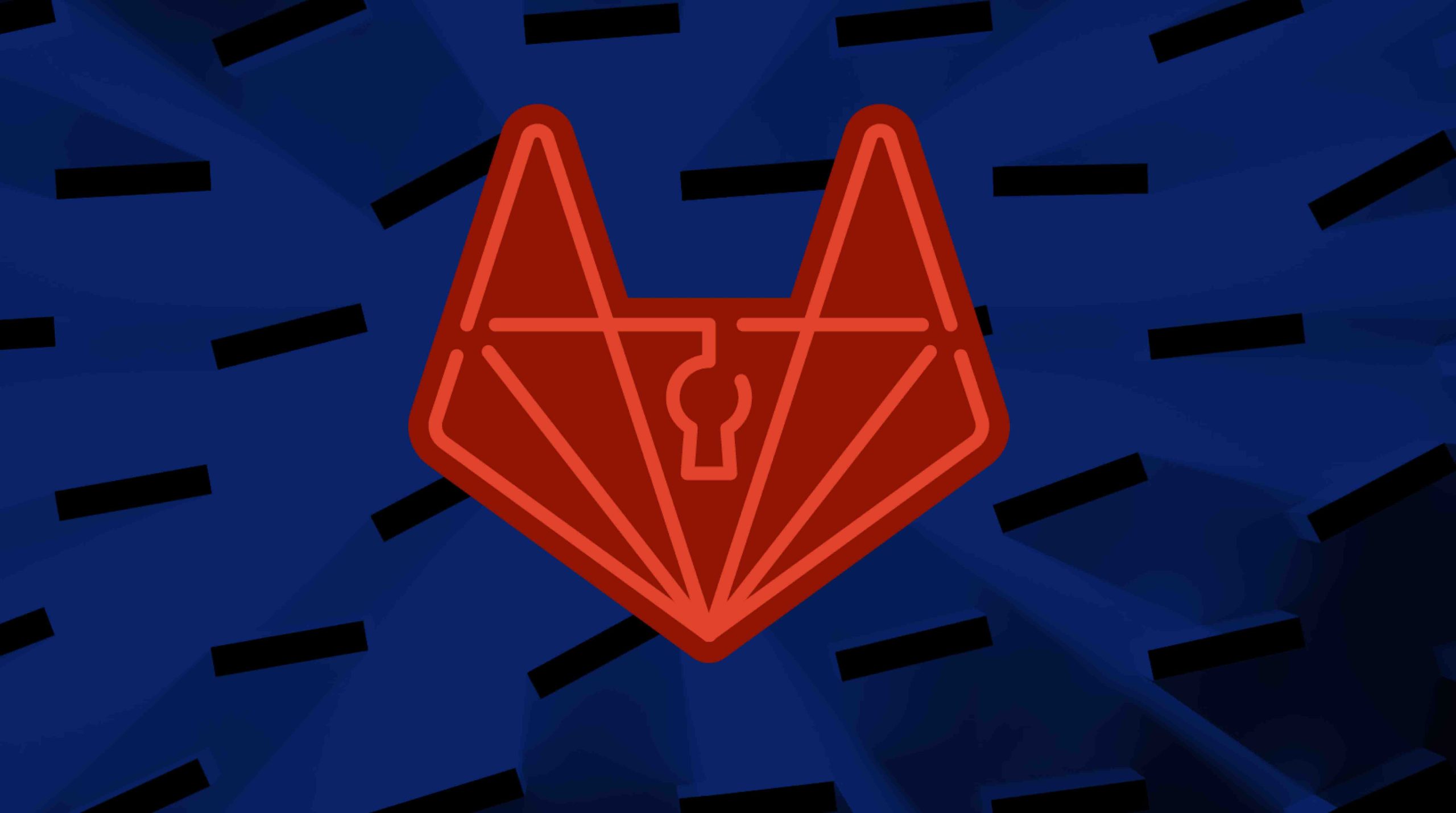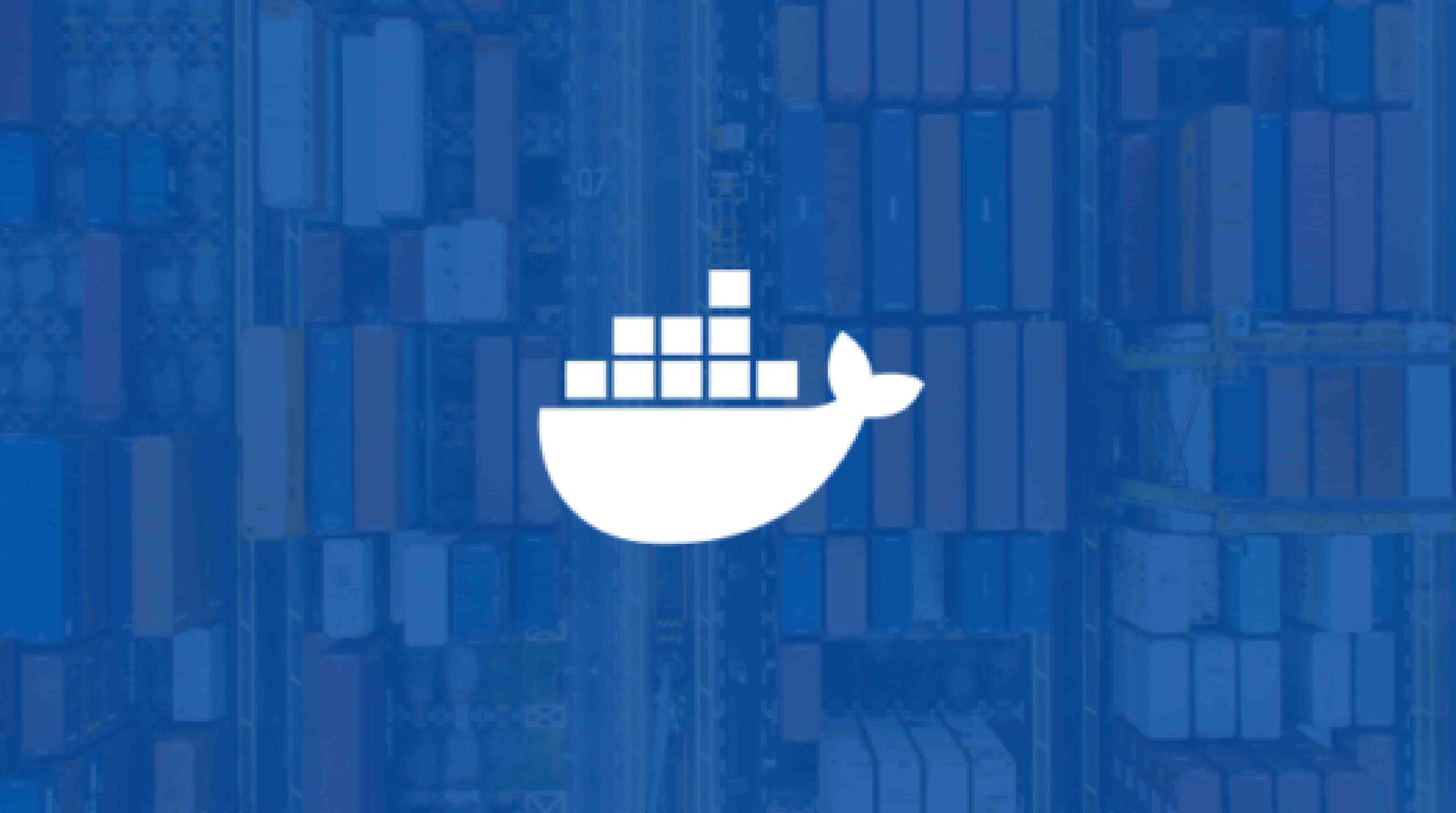10 Evolving Trends in Software Development
December 21, 2020
Today, it is hard to imagine any business without an accompanying software application and that’s the prime reason for the software development industry to forecast a growth of $650B by 2025. This apparently also requires the development community to constantly innovate tools, technologies, and frameworks that can deliver scalable & sustainable solutions with quick time-to-market.
Here, we are going to talk about 10 approaches that simplify the development of a brilliant and scalable software solution.
1. Low Code Development
Low Code development is a modular approach comprising of reusable, component-based architecture that both boosts the delivery cycle and reduces the time-to-market. Low Code development approach makes bug fixing and maintenance easy, improves code reusability, makes tech-stack versatile, simplifies testing, etc.
2. Multi-Platform UI Development
As the name suggests, the Multi-Platform approach is best suited for designing a solution catering to multiple platforms (like iOS, Android, web application, etc.). React Native, Xamarin, and Flutter are some of the popular choices for building cross-platform apps. This approach of frontend development offers reusability and reduced time-to-market and delivery time for all platforms.
3. Serverless Architecture
Serverless architecture is a new lining that allows building scalable applications without having to manage the infrastructure. Applications run on third-party servers such as Amazon AWS, Microsoft Azure, etc. Resources in a Serverless architecture can be scaled up or down as per the need. This frees the engineering team from managing applications, databases, storage systems, and server runtimes, allowing them instead to focus on the core product.
4. AI-First Solutions
Artificial Intelligence has a disruptive effect on almost every industry. Considering the numerous benefits that AI brings in, developers are integrating AI in one form or the other to give an edge to the software applications. Some of the prominent use cases of AI include chatbots, data recognition & classification, object detection, predictive analysis, etc.
5. Microservices And Micro Frontends
These two are modular approaches to backend and frontend development.
Microservices architecture uses independent group components to build a software application. It makes it easy for an app development team to accelerate the development cycle, reduce time-to-market for new features, and keeps an application open for experimentation.
Micro frontends is the microservices approach to frontend development. Herein, an application is broken up by its pages and features, with each feature being owned end-to-end by a single team.
6. Edge Computing
In Edge Computing, an edge server is placed between the cloud and the user at a location within the user’s proximity. This approach is popular because it reduces the workload on the cloud server considerably and, as a result, reduces the data transmission latency.
7. Headless CMS
Headless content management system follows an API-first approach to software development. A headless CMS is a backend-only content management system. It offers backend capabilities for editing, organizing, and storing digital content, irrespective of the platform where it is to be published, displayed or used. Such an approach to development works best when omnichannel experiences are to be developed.
8. Automation Through DevOps
Software development is a collaboration between development and IT operations team. DevOps bring a cultural shift to software development wherein the teams collaborate to automate integration, deployment, delivery, testing, and monitoring of applications.
9. Voice-Enabled Solutions
Voice assistants like Siri, Google Assistant, Alexa introduces a new way to how humans interact with digital devices. With their growing popularity amongst users, especially the millennials, integration of voice assistants with software applications or skill development has become a much adopted trend.
10. Multi-Cloud Strategy
A multi-cloud strategy has two or more cloud services for an application. In this case, a software application utilizes multiple services (SaaS or PaaS) of different service providers which helps to improve efficiency, reduce cost, and offers high resiliency.
Source: https://insights.daffodilsw.com/blog/10-evolving-trends-in-software-development


















